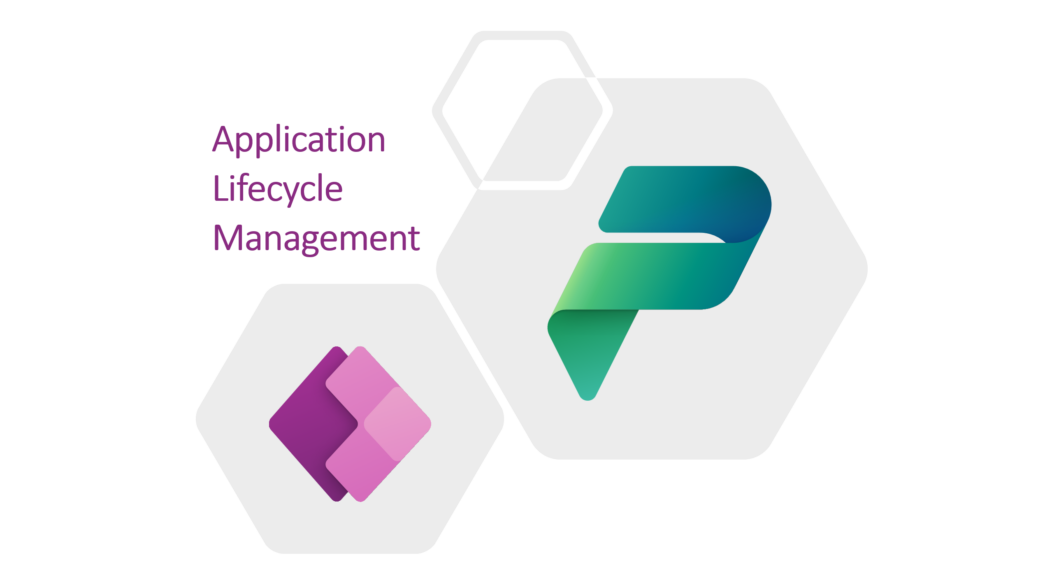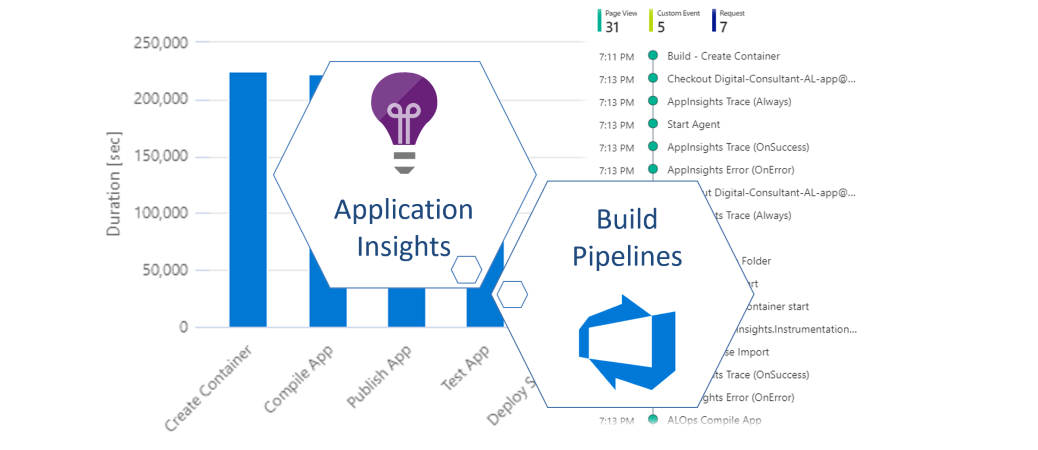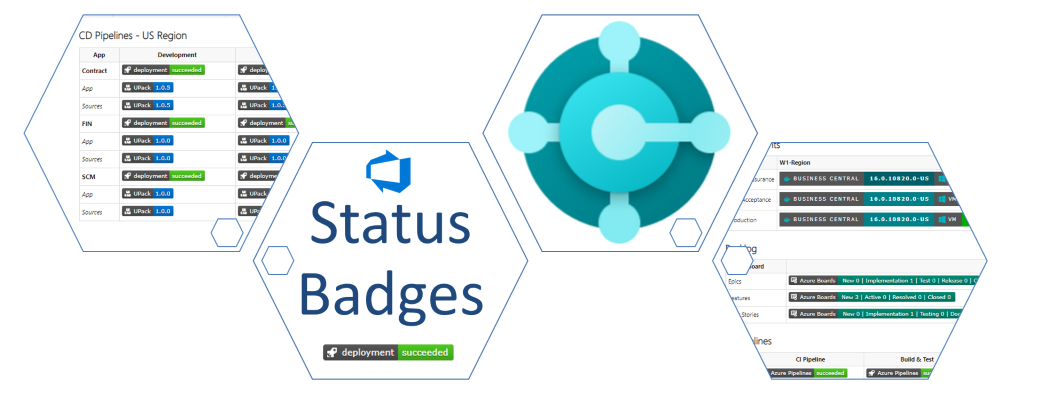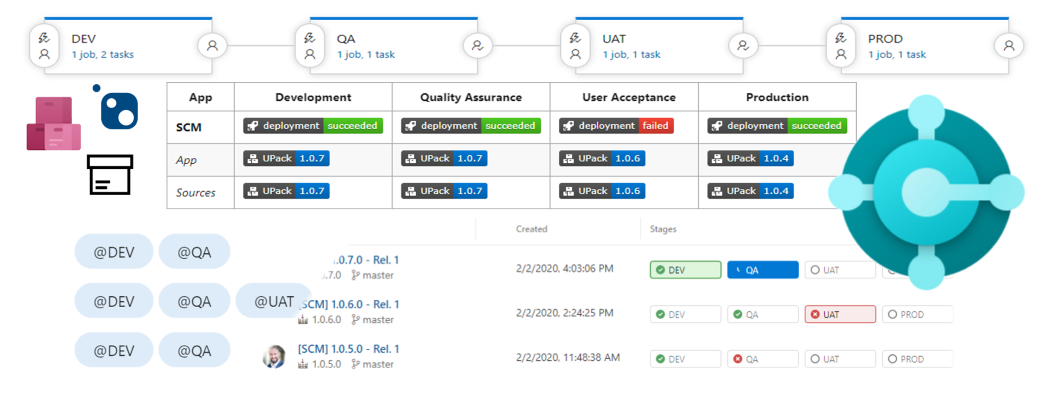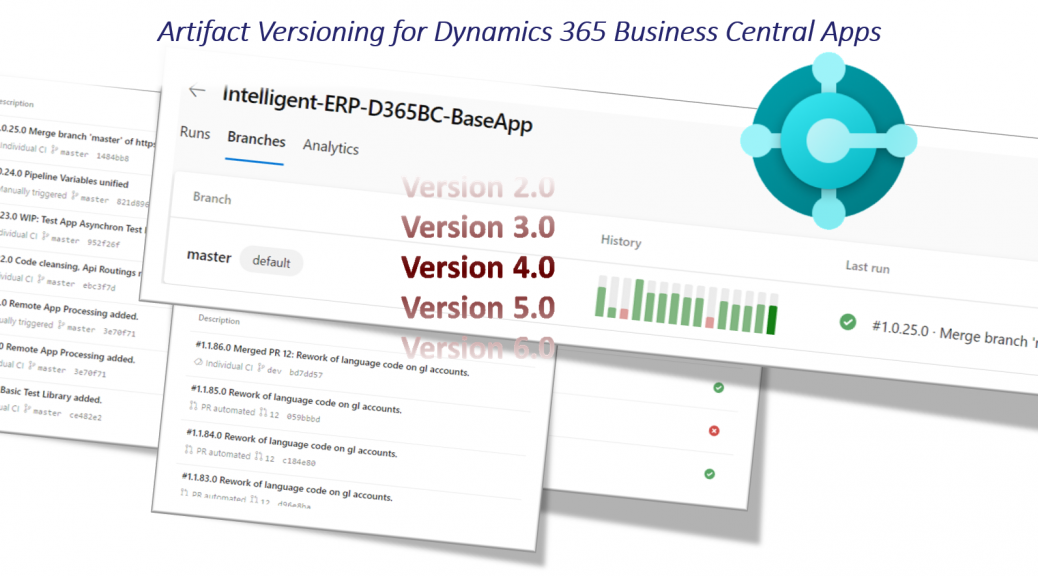Professional ALM for Citizen Developers
In one of my last blog posts, I have shown you my ALM process optimized for my Citizen Developers. I have used a solution based on a Power App and some Power Automate Flows to run a fully automated solution export and import in Dataverse. You remember also my simplified process focused on the needs of a Citizen Developer: This slim process is great for Citizen Developers to get started with ALM. But I’m a Pro Developer – I need…
